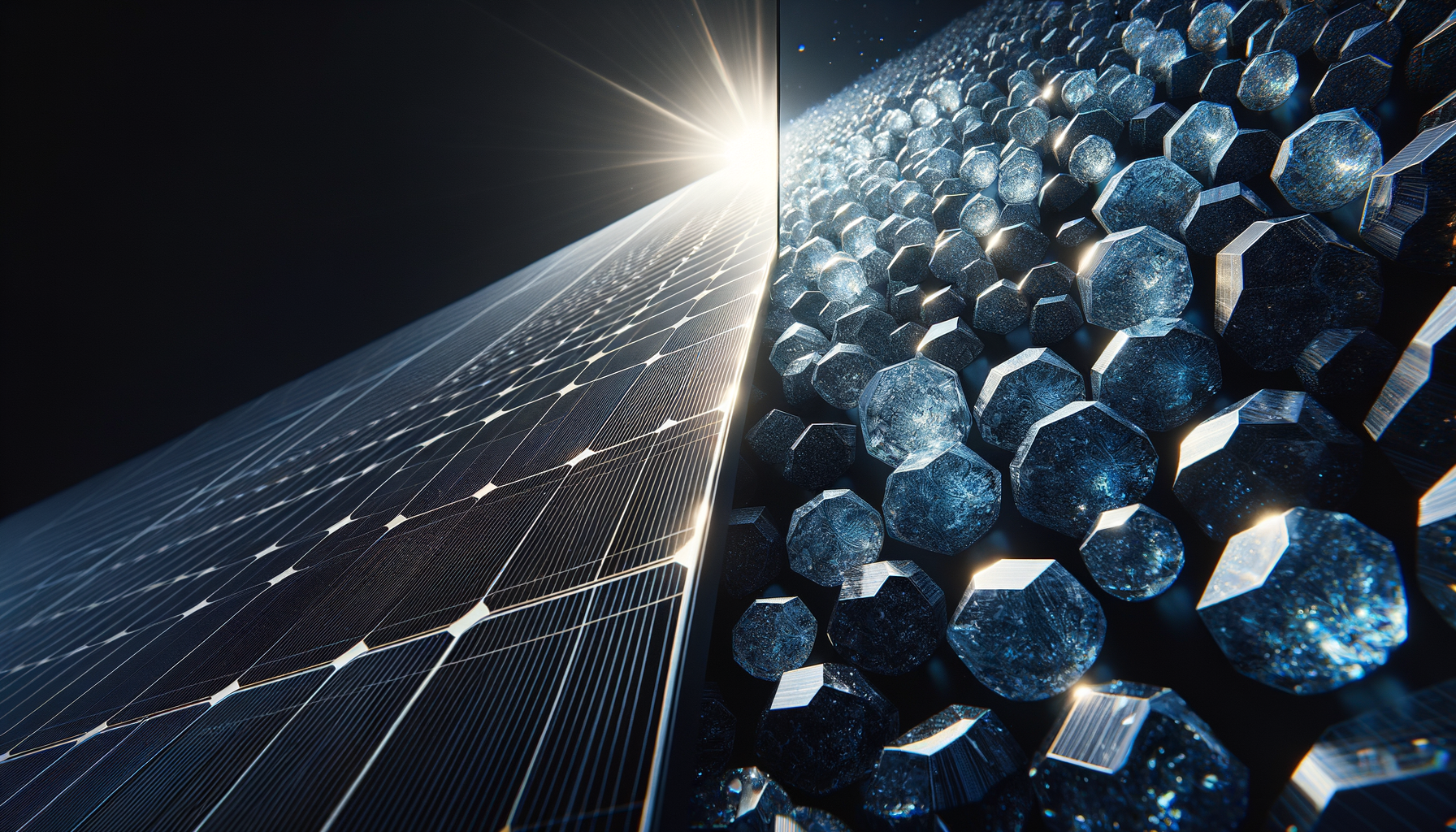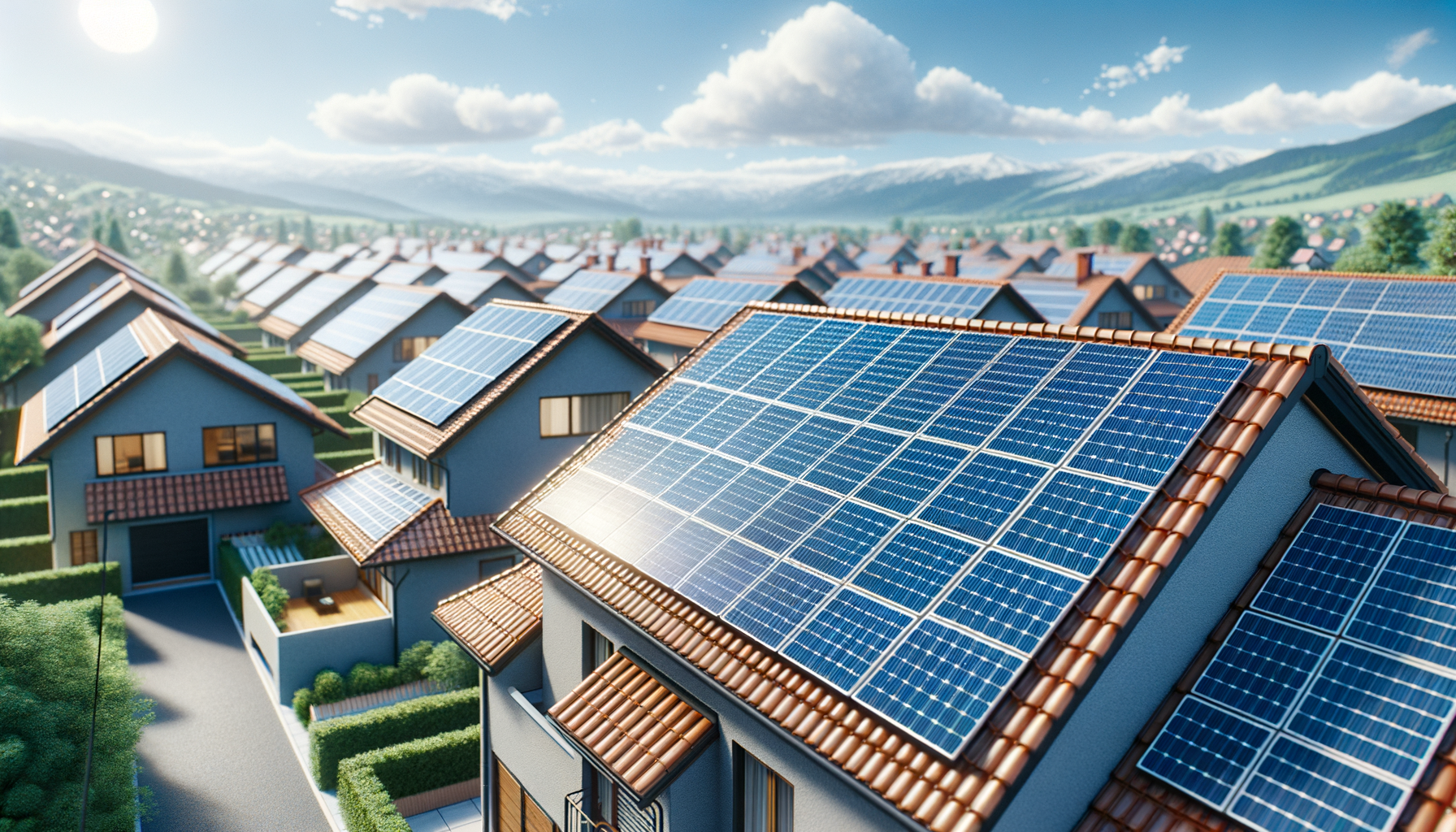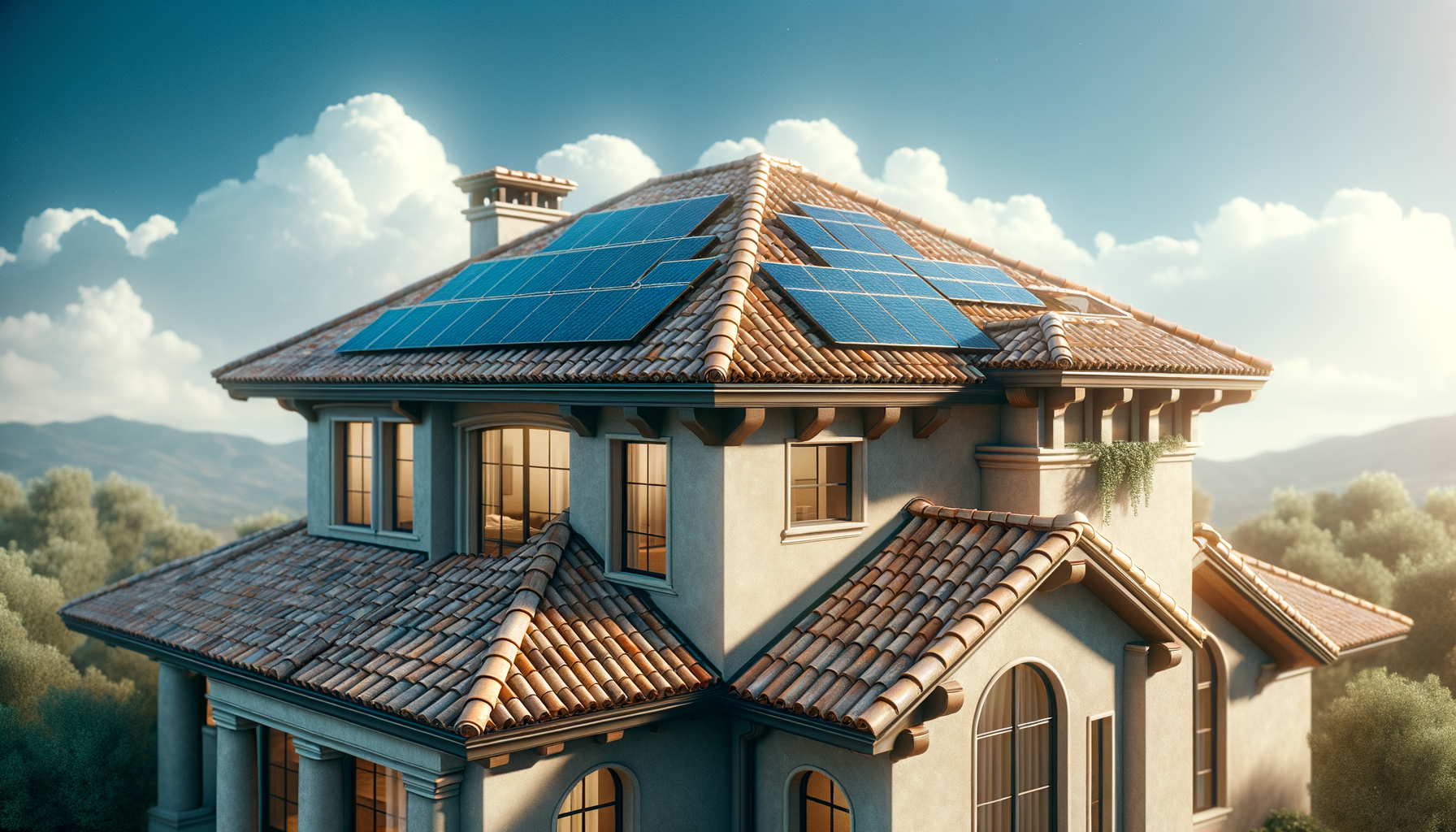Monocrystalline vs Polycrystalline Solar Panels: An In-Depth Comparison

Updated 4 months ago
As sustainability becomes a priority for homeowners, solar energy has taken center stage in the home improvement industry. Choosing the right type of solar panel is crucial for maximizing efficiency, cost-savings, and ensuring a greener footprint. Two dominant contenders — monocrystalline and polycrystalline solar panels — often lead to the dilemma: which one is better? This comprehensive guide pits monocrystalline against polycrystalline solar panels to help you make the best decision for your home energy needs.
Monocrystalline Solar Panels: The Premium Choice
Monocrystalline panels, recognizable by their even dark color and rounded edges, have set the standard as the high-end option in the solar market. These panels are made from single-crystal silicon, which facilitates a higher efficiency rate due to the purity of the material. Their sophisticated manufacturing process, which involves slicing wafer-thin layers from a single silicon crystal, contributes to their higher price point.
One of their most significant advantages is their efficiency, which typically lies between 15%-20%. This makes monocrystalline panels an ideal option for those with limited roof space, as fewer panels are required to generate the same amount of power compared to polycrystalline.
Monocrystalline panels also boast a longer lifespan, generally lasting up to 25-35 years. Additionally, they tend to perform better in low-light conditions and high-temperature environments, which can be critical depending on your geographical location.
Polycrystalline Solar Panels: The Cost-Effective Alternative
On the other side, polycrystalline solar panels are recognized by their blue hue and squared edges. Unlike monocrystalline panels, polycrystalline ones are manufactured by melting multiple silicon crystals together. This process is less energy-intensive and therefore makes these panels more affordable.
While polycrystalline panels have a lower efficiency rate, around 13%-16%, their lower price point makes them a viable option for those with ample roof space and a tighter budget. They are also environmentally friendly in terms of production, requiring fewer resources and resulting in less waste.
Typically, the longevity of polycrystalline panels ranges slightly lower than their monocrystalline counterparts, lasting about 23-27 years. However, they still offer a robust solar solution for many households.
Performance Comparison
Now, let's compare both types of solar panels based on various factors:
-
Efficiency: Monocrystalline solar panels typically outperform polycrystalline panels in efficiency due to their purity and construction.
-
Cost: Polycrystalline panels are generally less expensive up-front due to the simpler manufacturing process.
-
Longevity: Monocrystalline panels have a slightly longer lifespan due to their durable construction and resistance to environmental factors.
-
Space: With higher efficiency, monocrystalline panels are better suited for areas with limited space.
Economic and Environmental Impact
When considering the financial aspect, it's crucial to calculate the return on investment (ROI) for both types of panels. Despite the higher initial cost, monocrystalline panels could lead to greater savings over time due to their higher efficiency and longer lifespan.
Environmental impact is another key consideration. Both types of solar panels reduce reliance on fossil fuels and help lower carbon emissions, but the production process for polycrystalline panels is slightly more eco-friendly.
Making Your Decision
Choosing the right solar panel depends on a variety of factors like budget constraints, space availability, the climate of your area, and personal preference regarding environmental impact.
Whether you're drawn to the high-efficiency and sleek appearance of monocrystalline panels or you're looking for a more budget-friendly and eco-conscious option like polycrystalline, the final decision should align with your unique requirements.
Remember, investing in solar panels is not only about reducing your energy bills; it's also about making a long-term commitment to the environment. Both options can help you achieve these goals, but they will do so in their own ways.
Frequently Asked Questions
To further aid your decision-making process, let's address some common queries:
Q: Can I mix monocrystalline and polycrystalline panels? A: While technically possible, it is not recommended due to potential incompatibilities in voltage and performance.
Q: How do I know how many solar panels I'll need? A: This depends on your energy consumption, roof space, local climate, and the type of solar panel you choose. Use our calculator to get a personalized estimate.
Q: Will the type of solar panel I choose affect its maintenance needs? A: No, both types of panels require similar maintenance routines, mostly involving regular cleaning and inspections.
In Conclusion
We hope this article has shed light on the nuanced differences between monocrystalline and polycrystalline solar panels. As you contemplate the best option for your home, consider not only the initial investment but also the potential energy savings and impact on the planet.
Remember, taking the leap into solar energy is a significant but worthwhile decision for a sustainable future. No matter which type you choose, you're contributing to a greener world.
Feel free to reach out to our experts if you require further guidance or have additional questions. They're ready to assist you in making an informed choice that suits your needs and preferences.






